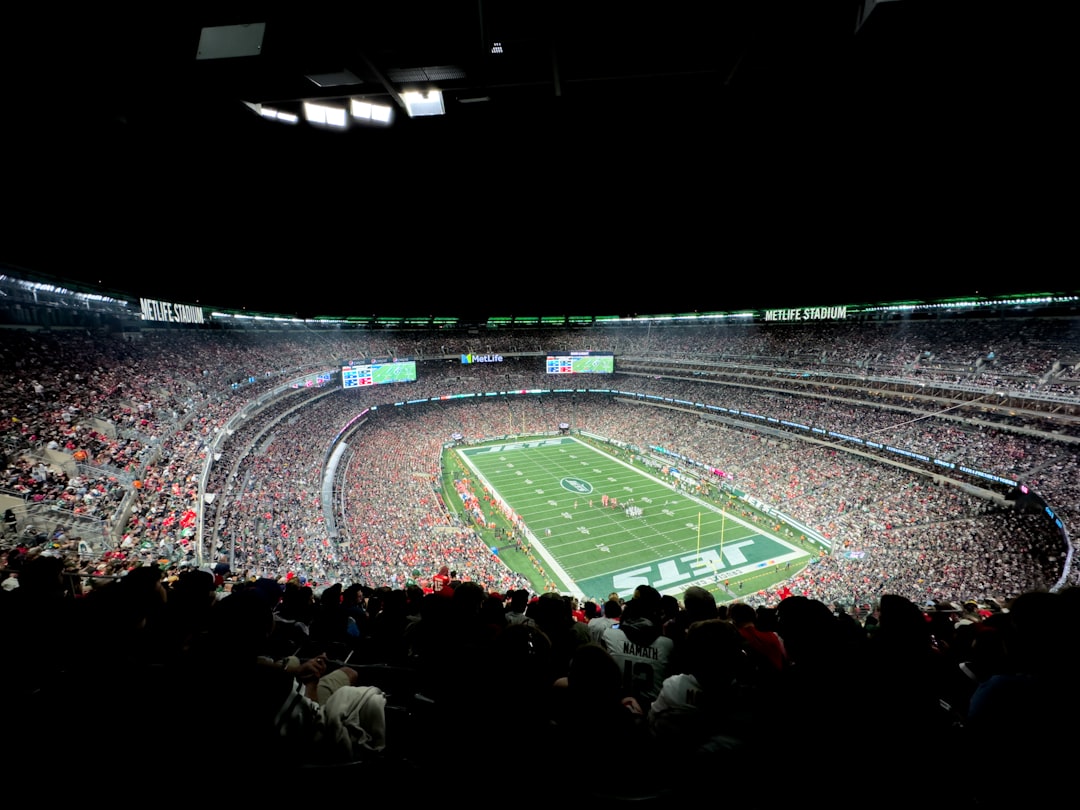The NFL salary cap is a critical component of professional football in the United States. It plays a pivotal role in ensuring competitive balance across all 32 teams in the league. Designed as a financial ceiling for player salaries, the salary cap prevents wealthier teams from acquiring all the top talent, thereby promoting fairness and parity within the league.

The salary cap is set annually by the National Football League and is based on a predefined percentage of the league’s revenue. It is a hard cap, meaning teams must adhere strictly to the limit and cannot exceed it under any circumstance. Every team must manage its roster and financial commitments within that boundary, which requires a great deal of strategic planning and foresight.
Origins and Purpose
The NFL introduced the salary cap in 1994 as part of a collective bargaining agreement (CBA) between the league and the NFL Players Association (NFLPA). The primary goal of this agreement was to maintain a competitive balance while providing protections and revenue-sharing mechanisms for players.
Before the implementation of the cap, wealthier franchises had a clear advantage in acquiring and retaining top-tier talent, which led to problems in competition equity. By setting an upper limit, the salary cap has made it possible for all teams, regardless of market size or financial backing, to remain competitive year after year.
How the Salary Cap is Calculated
The NFL salary cap is calculated based on the league’s revenue, which includes money earned from television deals, ticket sales, merchandising, and sponsorships. The league and the NFLPA agree on what constitutes total revenue, and a fixed percentage of that amount is allocated to player salaries.
- Total Revenue (TR): The overall earnings of the league for the previous year.
- Player Cost Amount (PCA): A set percentage of the TR allocated for player salaries.
- Salary Cap Per Team: The PCA is divided equally among the 32 teams in the league to determine each team’s allowable maximum salary expenditure.
For the 2024 season, the NFL salary cap is set at $255.4 million per team, a significant increase from prior years due to expanding revenues, particularly from new broadcasting contracts and international ventures.
Consequences of Exceeding the Cap
The NFL enforces the salary cap strictly. If a team exceeds the cap, it faces significant penalties, which may include:
- Fines
- Loss of draft picks
- Cancellation of player contracts
Therefore, it is in a team’s best interest to maintain careful financial records and to plan player contracts in ways that ensure compliance with the cap structure.
Cap Management Strategies
Managing the salary cap is a complex task that falls on a team’s salary cap manager or general manager. Teams use several tools to stay within the limits:
- Signing bonuses: Spread across the length of a contract for cap purposes.
- Restructuring deals: Converting base salary into bonuses to free up cap space.
- June 1 designation: Delaying cap hits from released veterans to the next season.

These maneuvers allow teams to be more flexible while staying compliant with league rules. However, they also require long-term vision, as poorly managed cap situations can cripple a team’s competitiveness for years.
Impact on Team Building
The salary cap significantly influences how teams build their rosters. Front offices must strike a balance between signing star players to large contracts and maintaining enough room to fill other essential positions. This often results in tough decisions, such as letting go of veteran players, relying on the NFL Draft for young, cost-effective talent, or finding value in free agency.
As a result, successful teams often invest in cap consultants and financial advisors to gain an edge over the competition. Mastery over the intricacies of the cap can be the difference between championship contention and mediocrity.
Conclusion
The NFL salary cap is more than a financial constraint—it is a fundamental pillar of the league’s competitive architecture. By setting clear budgetary parameters for team spending, it levels the playing field and ensures that no franchise has an unfair advantage due to deeper financial resources.
As revenues continue to grow and the business of football becomes even more complex, understanding and managing the salary cap will remain a vital part of building successful NFL teams.
